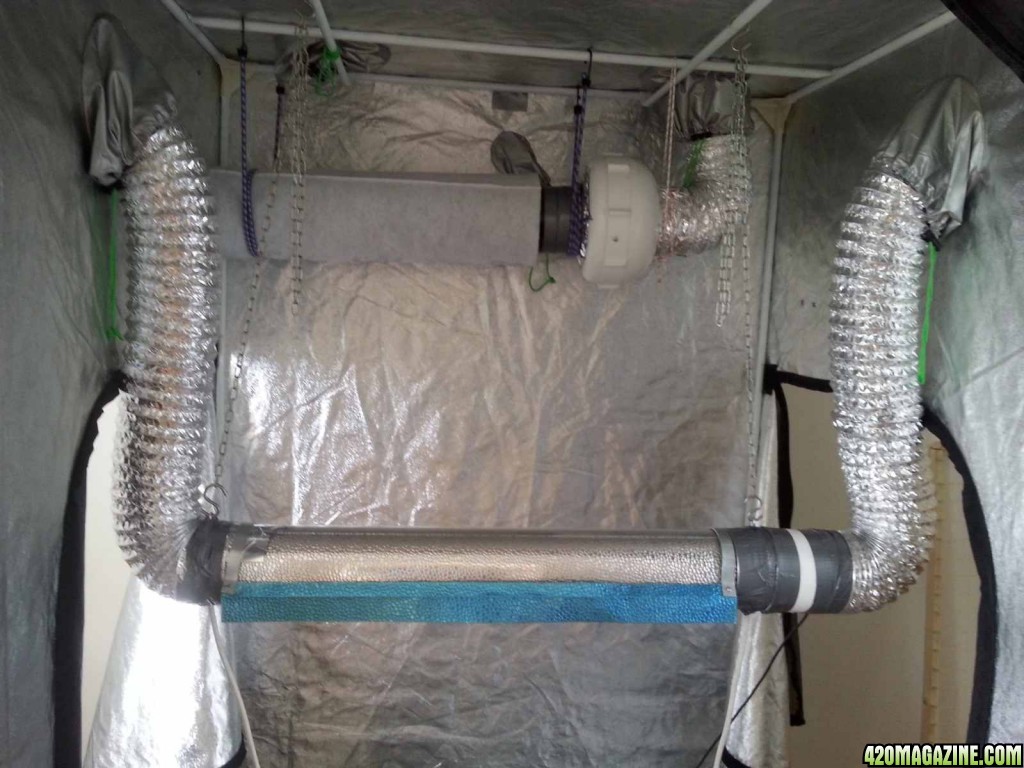Can anybody give me an idea of how loud an inline fan will be? Size would only need to be suitable for a small 1 or 2 plant grow cabinet. I am currently using 2 cooling fans for an A/V cabinet, not the quietest but can be covered up by running a standard box fan in the same area.
I am trying to keep noise levels to a minimum but would like to possibly add a carbon scrubber so I need to have a little more power in the fan.
Thanks
I am trying to keep noise levels to a minimum but would like to possibly add a carbon scrubber so I need to have a little more power in the fan.
Thanks




